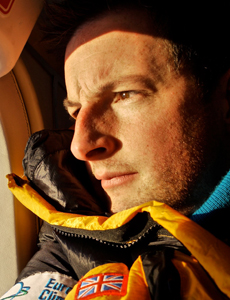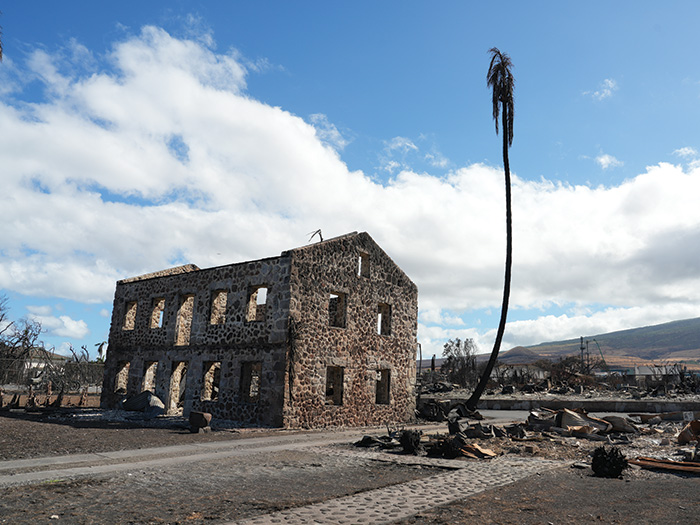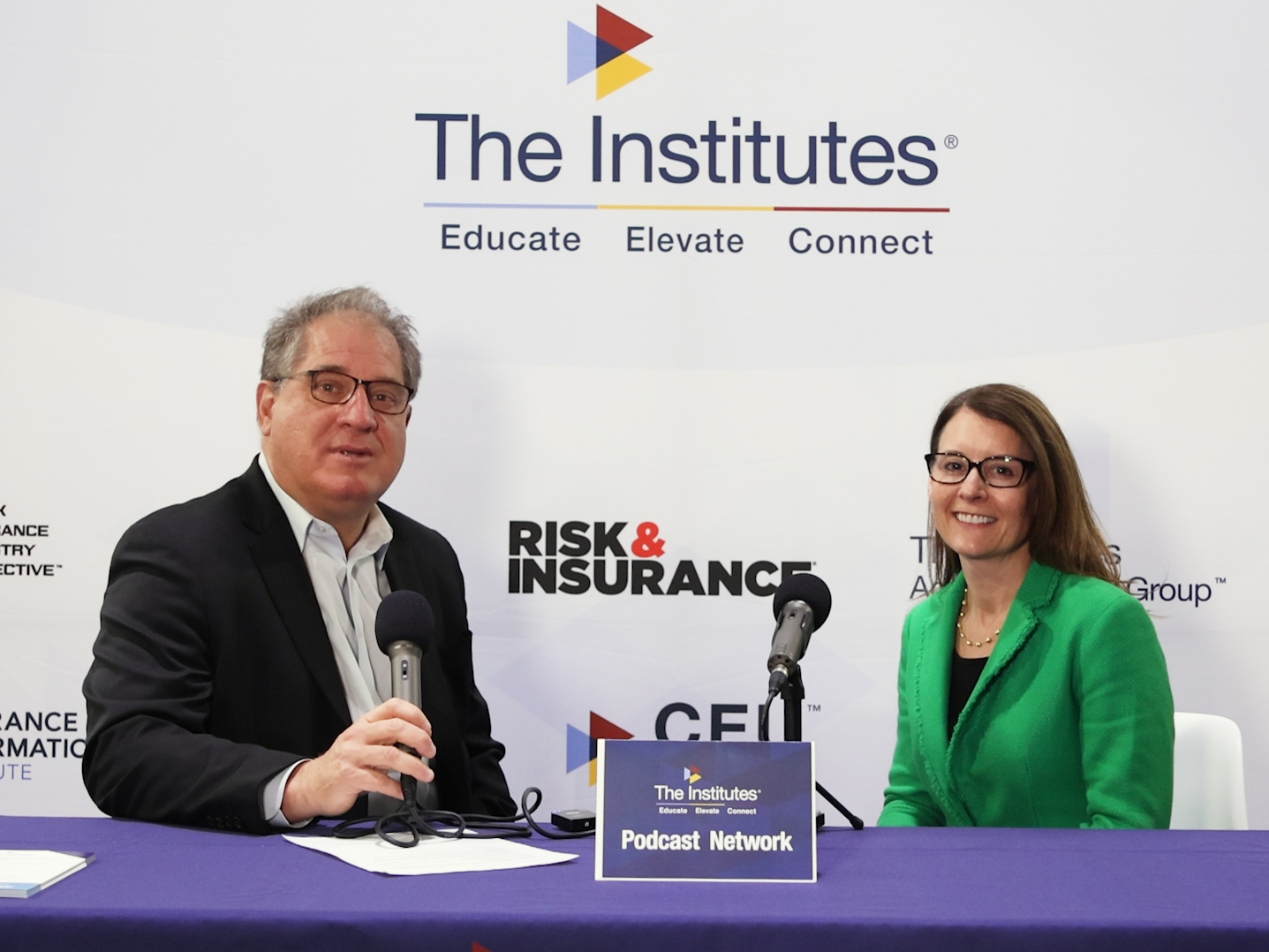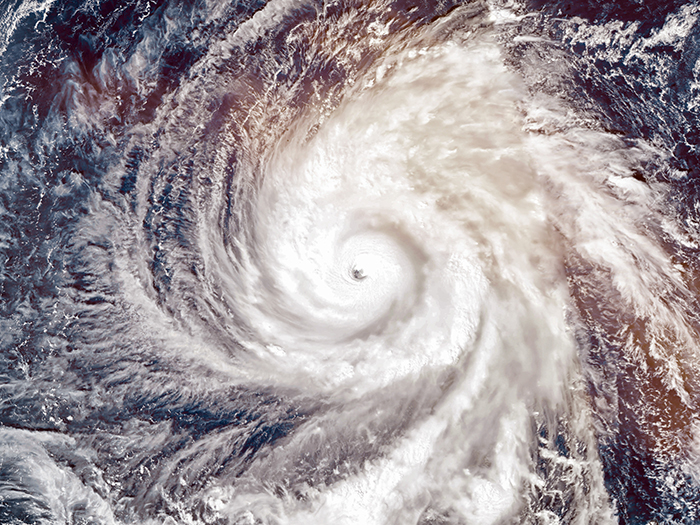Climate Change
Coral Reefs Endangered
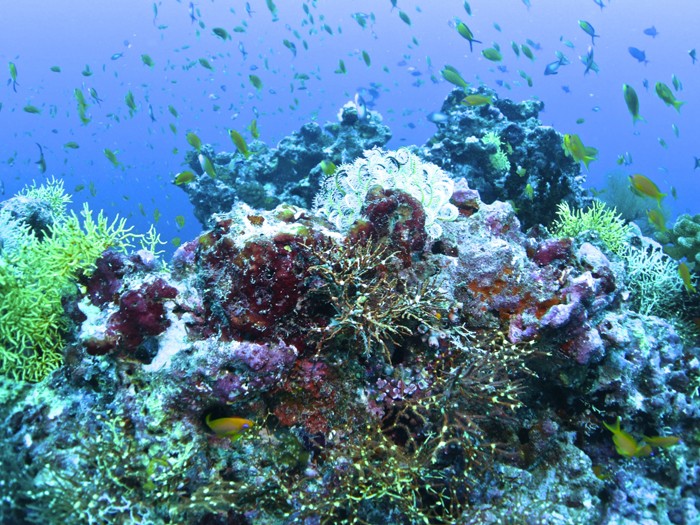
A “global coral bleaching event” is underway, according to ocean scientists. It is only the third one in recorded history.
Coral reefs — fragile but complex underwater ecosystems that often are called “the rainforest of the sea” – help dissipate wave energy by as much as 90 percent during storms, making them an important barrier to coastal flooding.
“When coral is stressed by changes in conditions such as temperature, light or nutrients, they expel the symbiotic algae living in their tissues, causing them to turn completely white,” according to the National Oceanic and Atmospheric Administration (NOAA).
If the algae loss is prolonged, the coral eventually dies, it said.
“Coral reefs are like canaries in a coal mine.” — Chip Cunliffe, external programs manager, XL Catlin
In addition to helping protect communities from flooding, coral reefs also help support approximately 25 percent of all marine species and affect the livelihoods of 500 million people and income worth more than $30 billion generated by industries such as fishing and tourism.
Coral is also used in the pharmaceutical industry to make drugs that treat some heart disease and cancers.
“Coral reefs are like canaries in a coal mine,” said Chip Cunliffe, XL Catlin’s external programs manager. “Oceans are changing, fairly rapidly, so we think. We as a business are intent on trying to understand the impact of these changes.”
One sobering reason to be concerned about the loss of coral reefs, Cunliffe said, is that property damage from wave action in Bermuda would increase from $500 million to $2 billion over 10 years if its coral reefs were lost.
“And that’s just Bermuda,” he said. “Look at Florida or Australia … places that have big financial centers or population. You’re looking at major losses.”
The world’s coral reefs are in a dramatic state of decline — more than 40 percent of the world’s coral has been lost over the last 30 years due to pollution, destructive fishing and climate change. What’s worse, scientists said, is the decline is expected to continue.
“What really has us concerned is this [coral-bleaching] event has been going on for over a year and is likely to last another year,” said Dr. Mark Eakin, NOAA coral reef watch coordinator.
“We know changes are occurring,” said Mike Maran, chief scientist at XL Catlin, which was a member of the scientific consortium that confirmed the coral bleaching event. “What we don’t know is the speed at which they are changing. We need to have forward insight. This contributes to that data.”
XL Catlin launched a Seaview Survey mission in 2012 to scientifically record the world’s coral reefs and reveal them in high-resolution, 360-degree panoramic images.
The world’s coral reefs are in a dramatic state of decline — more than 40 percent of the world’s coral has been lost over the last 30 years due to pollution, destructive fishing and climate change.
A 30-member team has spent the last three years surveying 32 reefs in 26 countries, including the entire length of the Great Barrier Reef, the remote Coral Sea, the Caribbean islands and Bermuda, and the waters of Southeast Asia. More than 1 million high-definition images have been recorded.
NOAA has been working with the XL Catlin Seaview Survey team to gather the data needed to better understand the extent of this bleaching event and how to effectively address it, Eakin said.
Cunliffe said it is appropriate XL Catlin is taking such a prominent role in the research, considering the whole concept of insurance was developed in the 17th century by Lloyd’s of London to protect against losses in the shipping industry.
“This is a link back to that,” he said. “We need more data to understand the complex risks that we are underwriting.
“What really has us concerned is this [coral-bleaching] event has been going on for over a year and is likely to last another year.” — Dr. Mark Eakin, coral reef watch coordinator, NOAA
“We know more about the moon than we do our own oceans,” Cunliffe said. “We’ve only mapped 1.5 percent of the sea floor. We know very little other than change is happening quickly.
“It’s necessary for us as a business to fill that data gap.”
By monitoring the reefs over time, Cunliffe said, the survey will help scientists, policymakers and the public at large understand the issues reefs are facing and work out what needs to be done to protect them now and into the future.
While the coral bleaching event probably won’t change rating models for now, the data will provide a valuable baseline that can be used for the next 20 years to assess how risk is going to change and how to advise clients to mitigate those risks.
The Seaview Survey is XL Catlin’s second major scientific sponsorship. It also sponsored an Arctic Survey that investigated sea-loss ice in the Arctic Ocean between 2009 and 2011.

